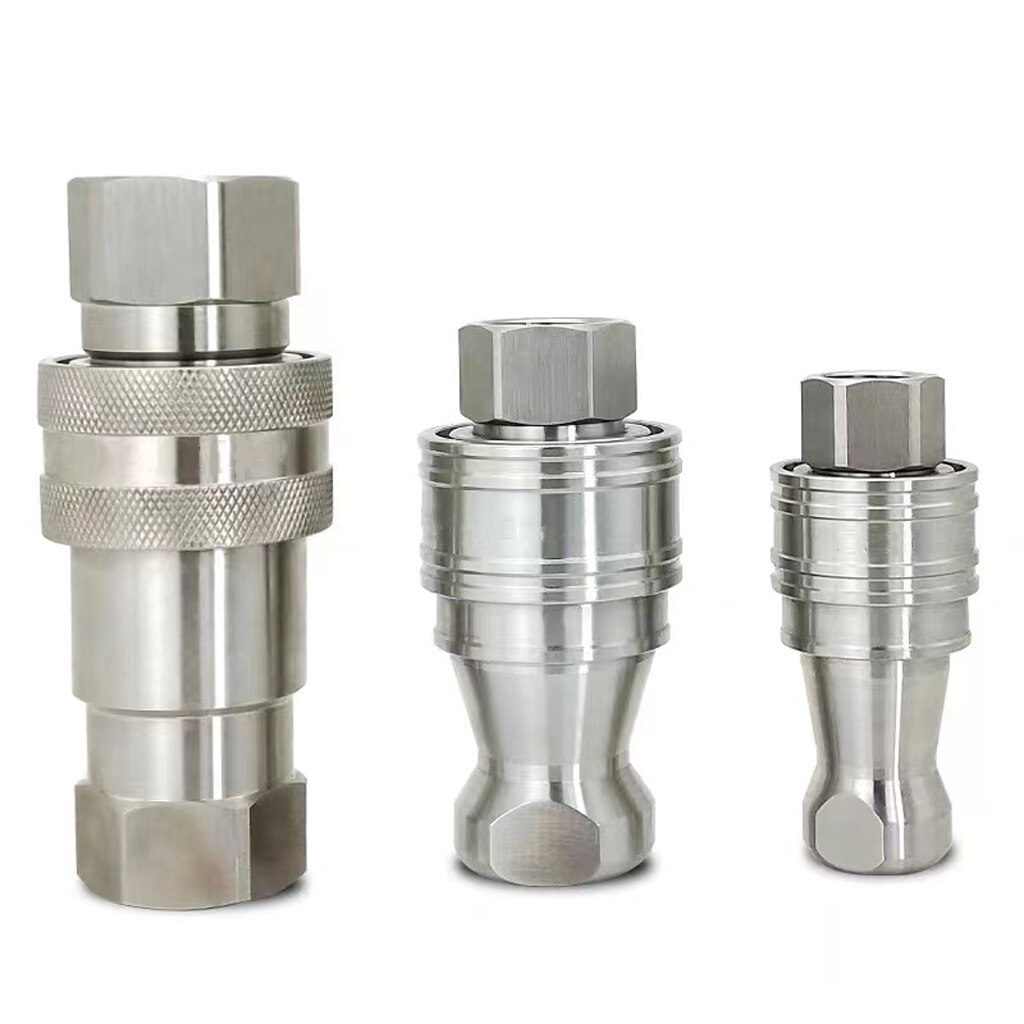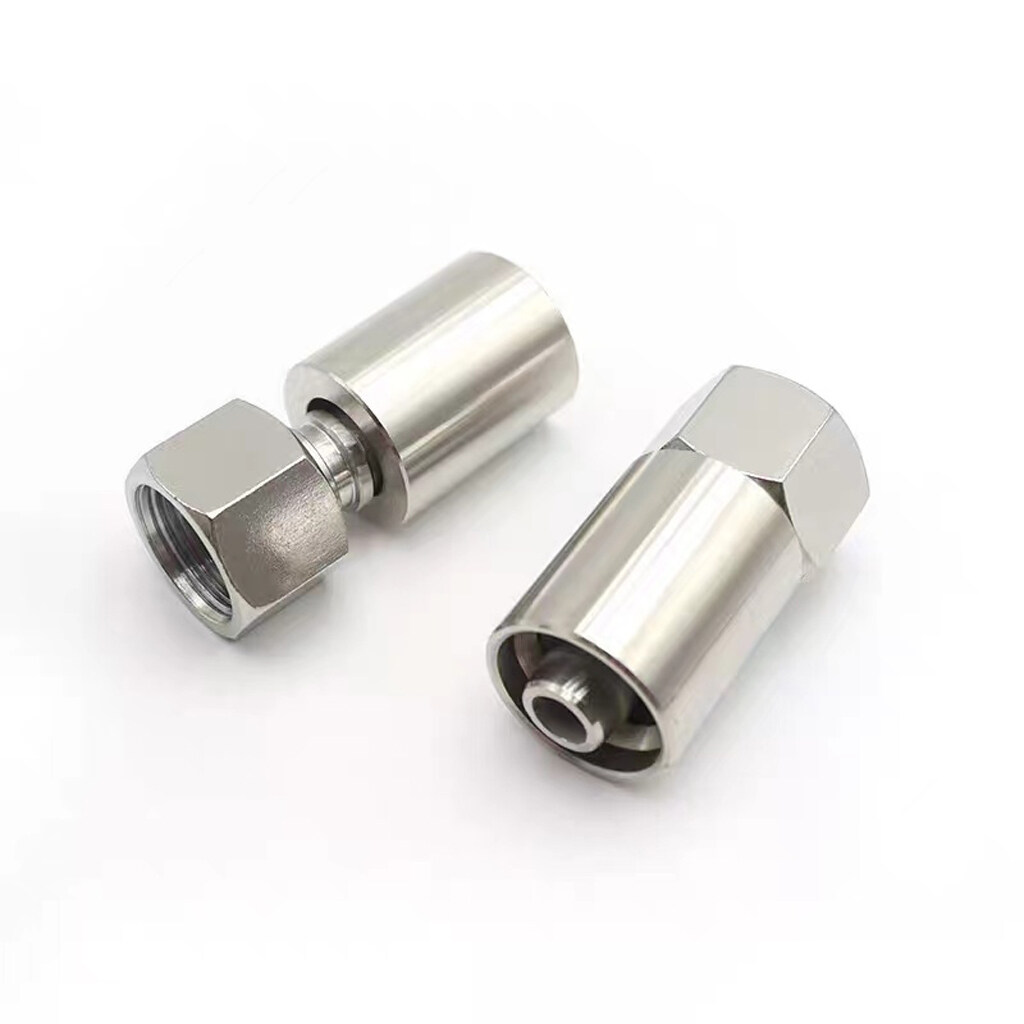Email format error
Email cannot be empty
Email already exists
6-20 characters(letters plus numbers only)
The password is inconsistent
Email format error
Email cannot be empty
Email does not exist
6-20 characters(letters plus numbers only)
The password is inconsistent

News

The Hydraulic Hose Quick Release Coupling
The Unsung Hero of Hydraulic Systems
In the symphony of industrial machinery, each component has its own note to play. Among these, the hydraulic hose quick release coupling stands as a critical yet often overlooked element, ensuring the smooth and efficient operation of a wide array of equipment.
Understanding Quick Release Couplings
Quick release couplings are specialized connectors designed for hydraulic hoses, facilitating rapid, secure, and leak-proof connections. They are indispensable in hydraulic systems, providing the means for the swift transfer of fluid power across various sectors, from construction to automotive and beyond.
The Significance of Speed and Reliability
Imagine the inefficiency of having to manually connect and disconnect multiple hoses every time a piece of heavy machinery needs to be reconfigured. Quick release couplings eliminate this cumbersome process, enabling swift transitions and minimizing downtime, which is especially crucial in high-stakes industrial environments where every minute counts.
Engineering Marvels in Miniature
Far from being simple mechanical parts, quick release couplings are the product of sophisticated design and engineering. They incorporate a variety of features, such as flat face series, ball and poppet type ISO A and B series, and push-pull series, all designed to meet the diverse needs of different hydraulic applications.
A Commitment to Safety and Durability
Safety is non-negotiable in industries that rely on hydraulic systems, and quick release couplings are engineered to meet the highest standards of reliability. They are built to withstand pressures up to 1500 bar and temperatures up to 200°C, ensuring that they perform reliably even in the most demanding conditions.
Material Mastery and Design Versatility
The diversity of materials used in quick release couplings, ranging from stainless steel AISI 316 to brass, reflects their versatility and adaptability. Coupled with a wide range of available seals, these couplings can be tailored to suit specific industry requirements and environmental conditions.
Innovations Shaping the Future
As the world of hydraulics continues to evolve, so too do the capabilities of quick release couplings. Ongoing innovations are focused on enhancing their efficiency, durability, and ease of use, ensuring that they remain a vital component of future hydraulic systems.
Applications Across Diverse Industries
From construction sites to automotive workshops, from heavy machinery to mobile equipment, quick release couplings are at work in every corner of industry. Their universality is a testament to their utility and the foresight of their designers.
The Human Element: Safety and Ease of Use
The design of quick release couplings also takes into account the human operators who rely on them. Ergonomics and ease of use are key considerations, ensuring that these couplings not only perform their technical function but also contribute to a safer and more comfortable working environment.
Environmental Considerations
In an era where sustainability is paramount, the materials and manufacturing processes of quick release couplings are increasingly being scrutinized. There is a growing trend towards using more environmentally friendly materials and practices in their production.
Maintenance and Longevity
Proper maintenance of quick release couplings is essential for their longevity. Regular inspections and timely replacements when necessary ensure that hydraulic systems continue to operate at peak efficiency, avoiding costly breakdowns and repairs.
Conclusion
The hydraulic hose quick release coupling, while perhaps not the most glamorous part of any machine, is a fundamental component that underpins the efficiency and safety of countless operations. By appreciating the intricacies of these couplings, we gain insight into the sophisticated world of hydraulic engineering and the relentless pursuit of innovation that drives it forward.
In sum, quick release couplings are more than connectors; they are the linchpins of hydraulic systems, embodying the principles of efficiency, safety, and reliability that are the hallmarks of modern industrial design. As technology progresses, these couplings will continue to evolve, reflecting our commitment to engineering excellence and our drive to improve the world around us.

